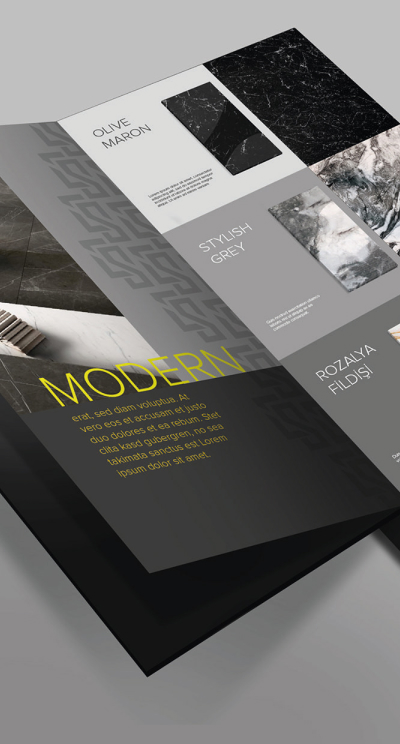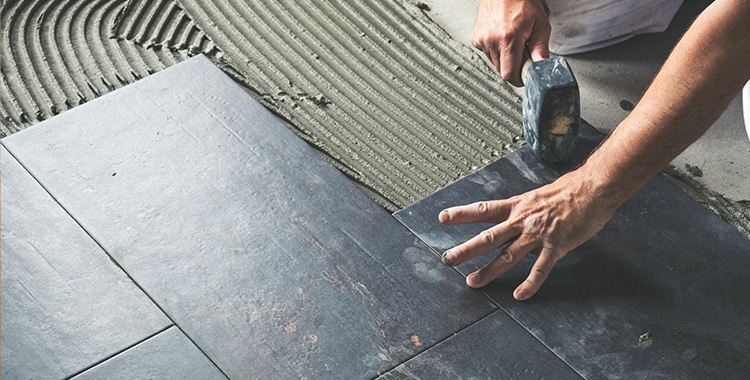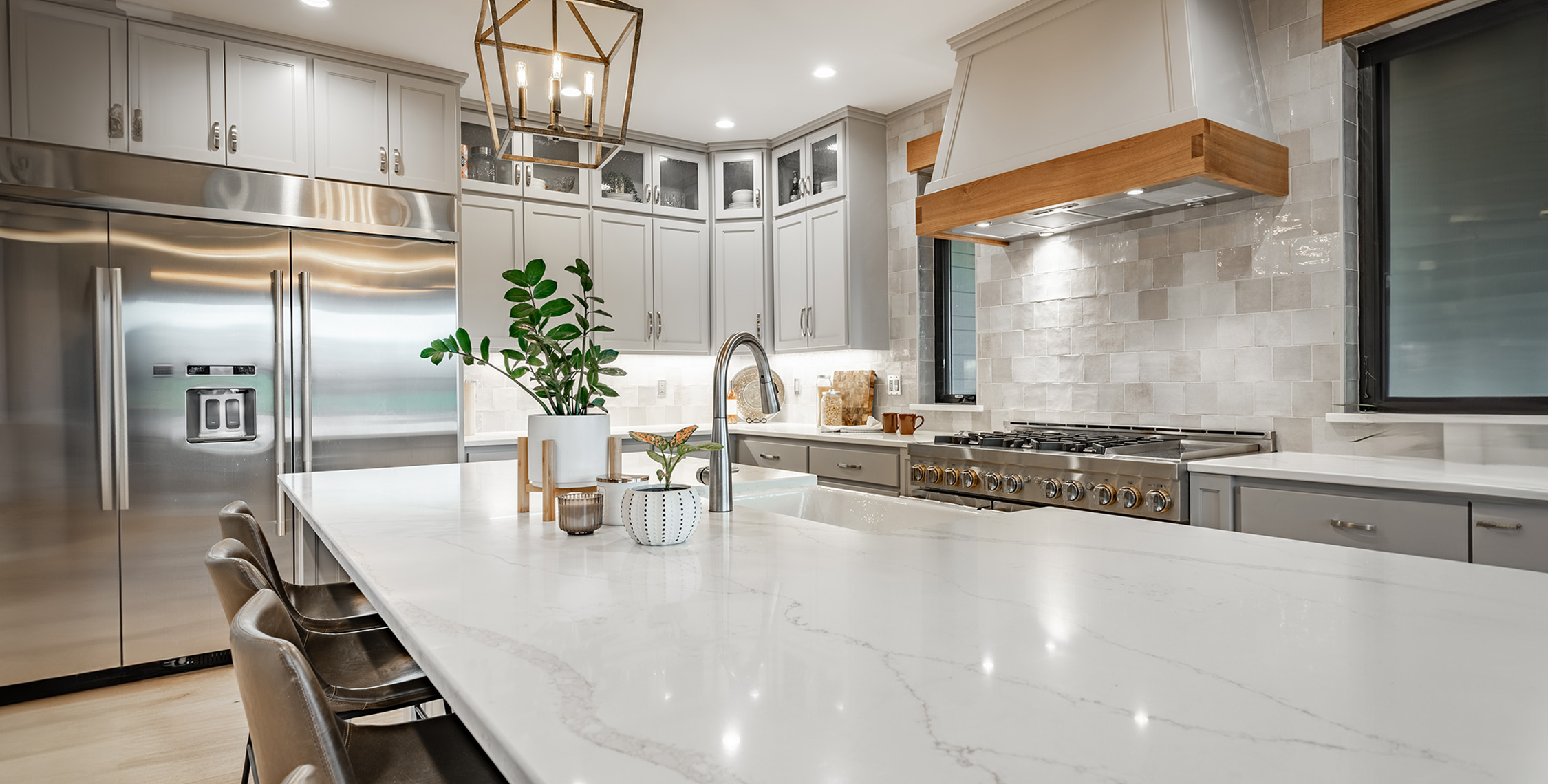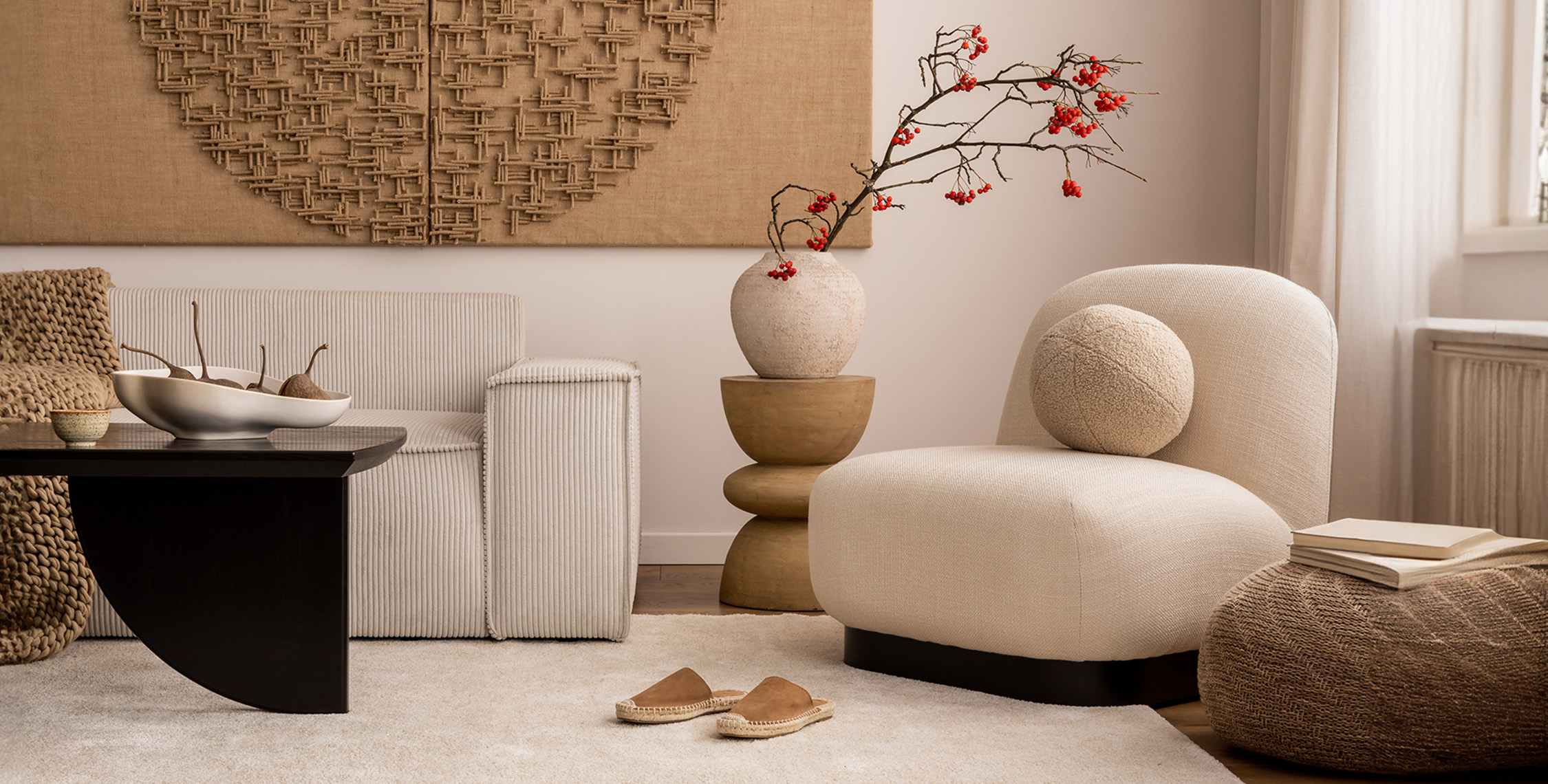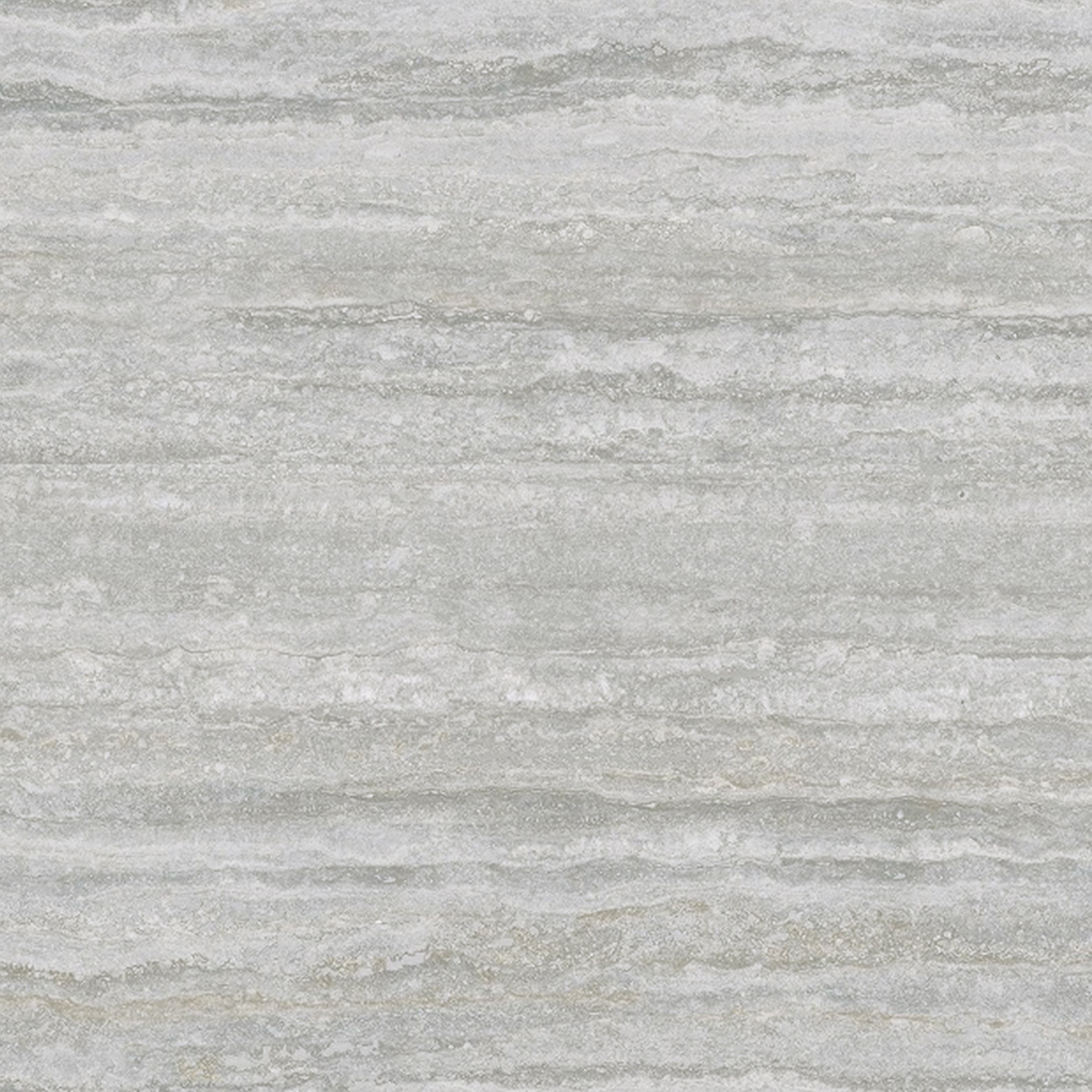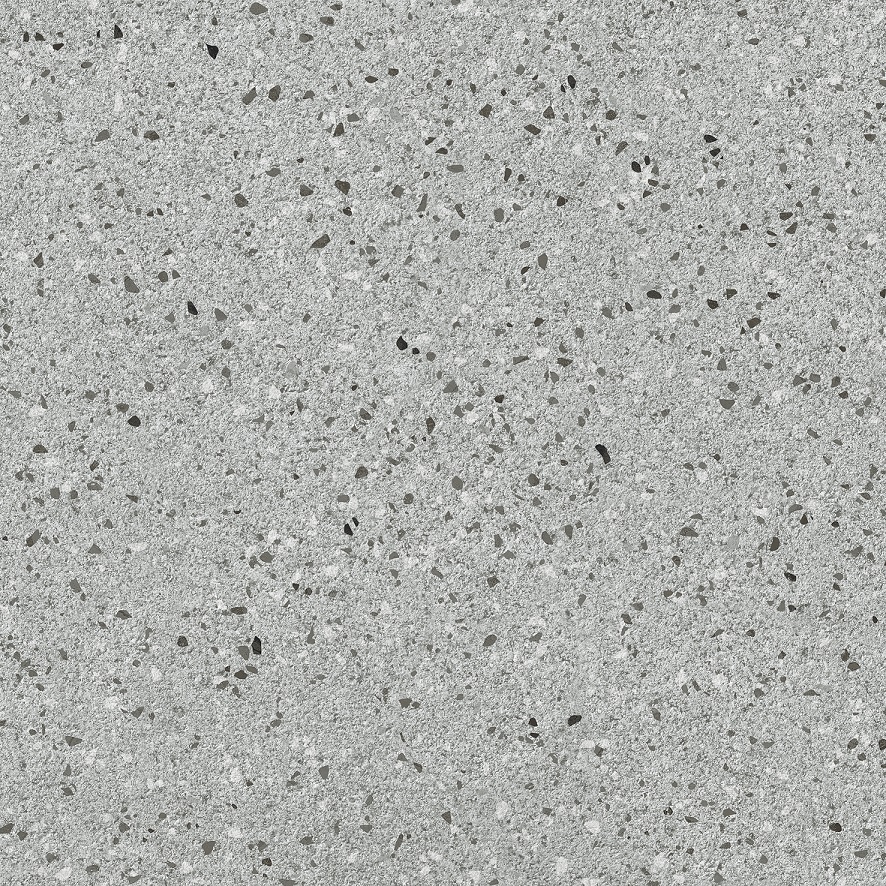
The home renovation or construction process demands precise flooring material calculations to ensure the final result is neat, functional, and durable. Granite tiles sized 60x60 cm are a-favorite choice due to their aesthetic surface, durability, and ability to add a sense of prestige to a room. Using the right amount of granite not only enhances the floor's durability but also makes the room look more aesthetic and comfortable.
To ensure the granite installation is efficient and to avoid material shortages or overages, it's crucial for you to understand how to accurately calculate your 60x60 granite needs. This article will discuss the practical steps, starting from measuring the room's area. With this guide, you can plan your granite purchase correctly, minimize waste, and ensure a neat and optimal final result.
How to Calculate 60x60 Granite Tile Requirements
1. Accurately Calculate the Installation Area
The most fundamental step in calculating granite needs is to determine the installation area precisely. Start by measuring the length and width of the room using an accurate measuring tool. To ensure a precise result, especially in rooms that are not perfectly rectangular, it is highly recommended to take measurements at several different points.
For example, measure the widest and narrowest parts, then use the average value. Once you have reliable length and width data, the room's area can be calculated with a simple formula: multiply the two numbers. As an illustration, a room with a length of 5 meters and a width of 4 meters will have a total area of 20 square meters.
2. Verify and Consult with Professionals
Before making a final purchase, a very wise step is to verify your calculations by consulting with a professional. Bring your floor plan and room measurements to an experienced granite seller or contractor.
This consultation is also the perfect time to ask for practical details, such as how many 60x60 tiles are in one box. This information (which is typically 3 or 4 tiles per box) directly affects the total quantity you need to buy. Their practical expertise is invaluable for predicting the amount of waste material more accurately.
3. Convert Room Area to the Number of Tiles
After obtaining the total room area, the next step is to convert the square meter unit into the number of granite tiles required. A 60x60 cm granite tile must first be converted to meters. This gives us the area per tile: 0.6 meters x 0.6 meters = 0.36 square meters.
To calculate the tile requirement, divide the total room area by the area of a single tile. For example, a 20-square-meter room requires the calculation: 20 divided by 0.36, which results in 55.56 tiles. Since granite is always sold in whole tiles, this calculation must be rounded up to 56 tiles to ensure you have enough material.
4. Add a Strategic Contingency Percentage
When calculating 60x60 granite needs, preparing a contingency of about 5-10% of the total requirement is a critical step that is often overlooked. This contingency (also called "overage") serves to anticipate damage during installation, cuts for adjustments in corners or around pipes, and as stock for future repairs.
For simple, rectangular rooms, a 5% contingency is often sufficient. However, for irregularly shaped rooms or those using special installation patterns, a 10% contingency is recommended. For example, from the calculated need for 56 tiles, a 10% contingency would bring the total to 61.6, which is rounded up to 62 tiles.
5. Consider the Impact of the Installation Pattern
The choice of granite installation pattern is a critical decision that directly impacts material efficiency and budget. A straight-lay pattern (or straight match) is the most material-efficient, as the cuts at the wall edges tend to be uniform and minimize waste. Conversely, more complex patterns, like a diagonal pattern where tiles are set at an angle, will generate more unusable off-cuts.
Therefore, the complexity of a pattern is directly proportional to the granite contingency needed. For simple patterns like a straight lay, 5-10% contingency may be enough. However, for diagonal, herringbone, or brick patterns that involve many special cuts, the recommended contingency percentage can increase to 15% or more.
Accurately calculating 60x60 granite requirements is essential for an efficient floor installation, avoiding shortages or excesses, and minimizing waste. Meliuz Granite offers choices that are both functional and beautify the room. Bevele Cream provides a warm feel with its neutral color and simple pattern; Kaiden Cream comes with a natural texture and modern nuance; while Jazlyn Cream combines modern motifs and cream colors. All these products are ideal for adding comfort and visual appeal to your room.
Product Popular

SUPREME CREAM
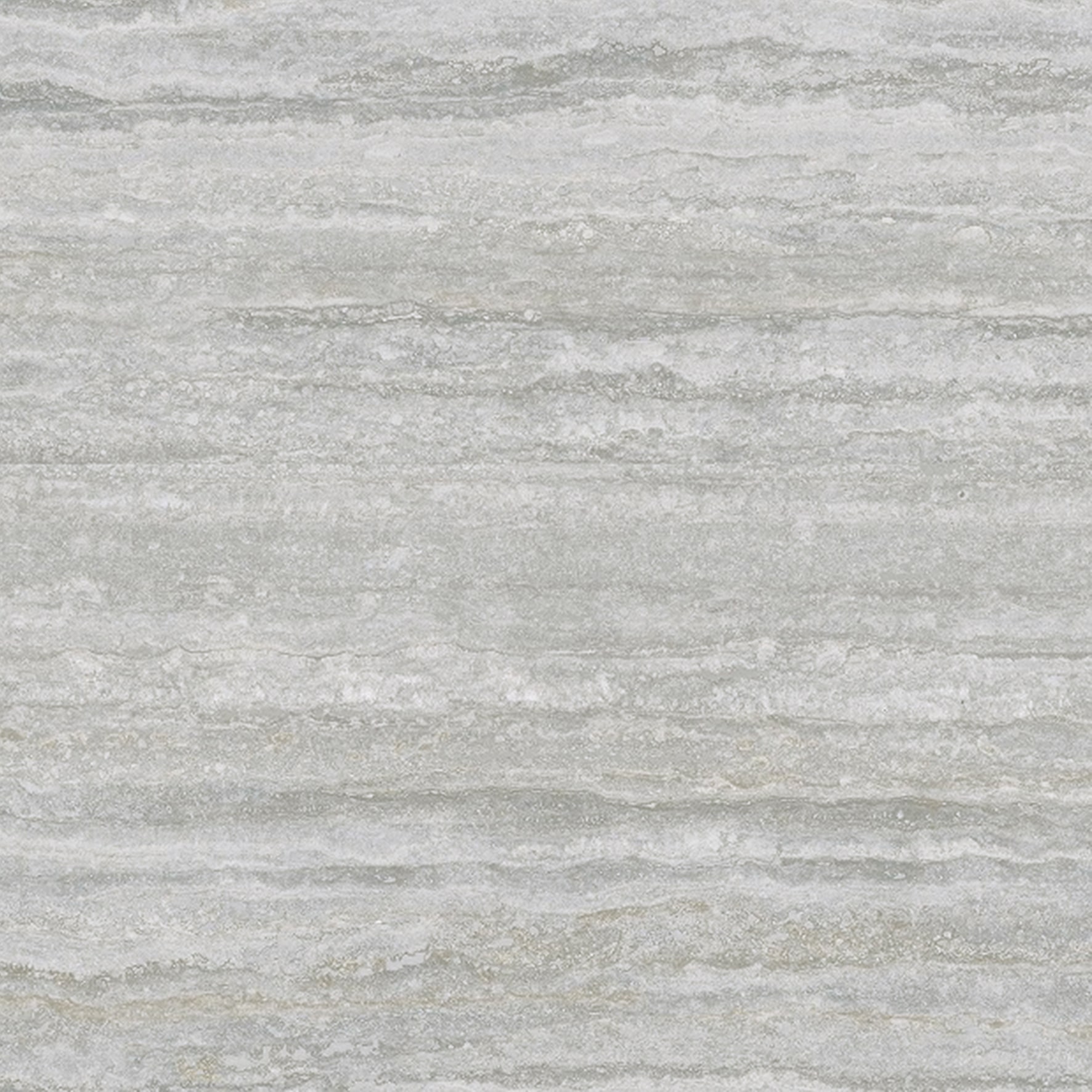
AEGRINE GREY
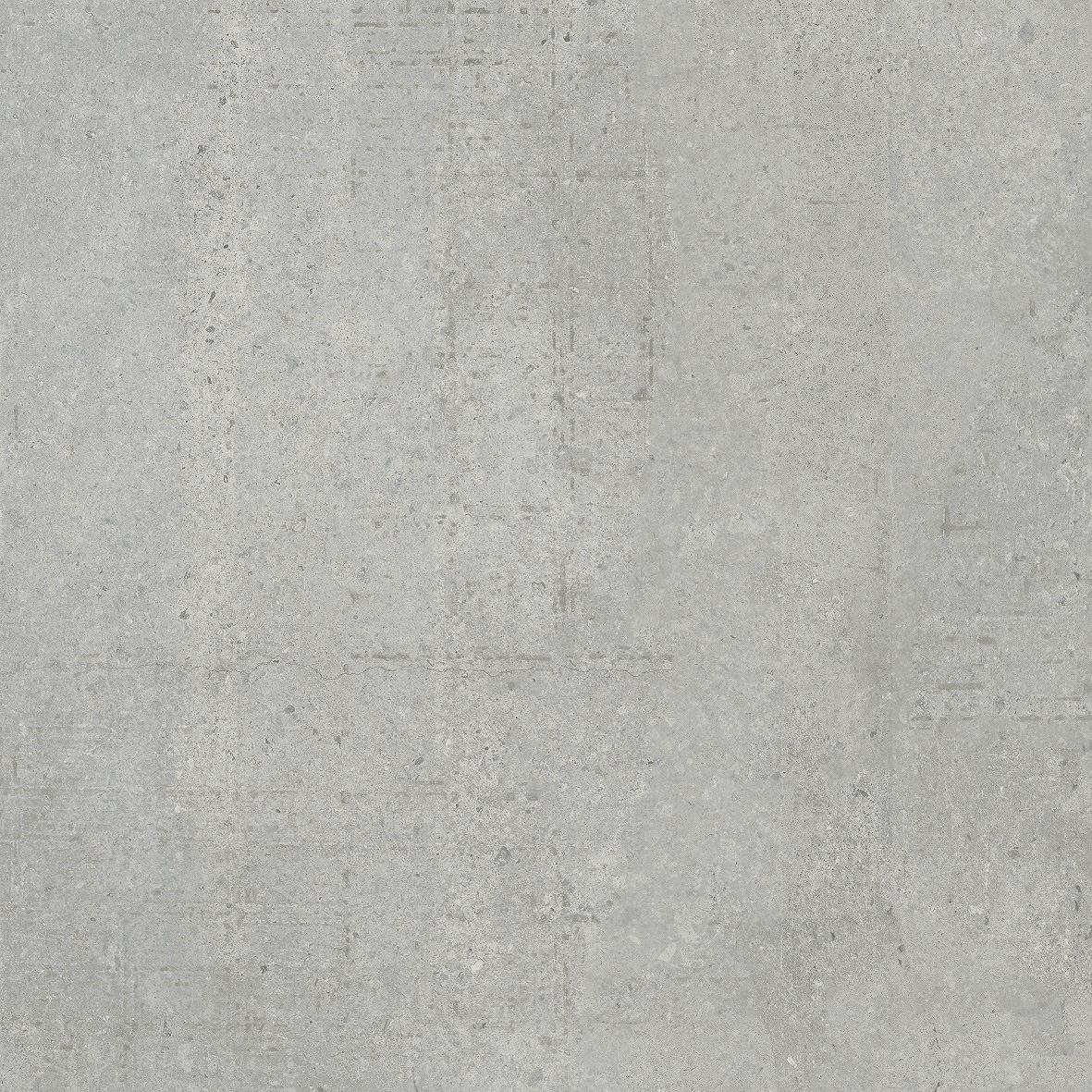
PASSO GREY

TERRASTONE GRIGIO
